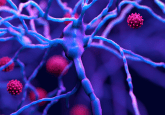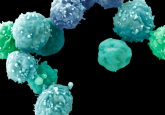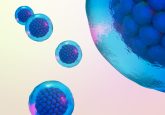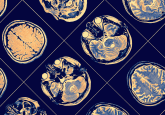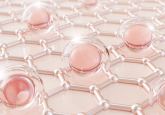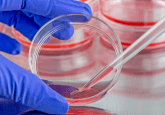Cell therapy weekly: Korea Advanced Institute of Science Technology (KAIST) develops CAR-T cell therapy for immune checkpoint signals
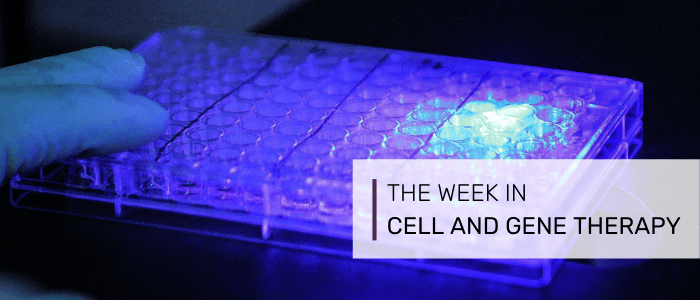
This week: Korea advanced Advanced Institute of Science Technology (KAIST) develops CAR-T cell therapy for immune checkpoint signals, extracellular vesicles coated with palmitoylated ACE2 used as COVID-19 therapy, and study finds a new mechanism for muscle repair through rearrangement of muscle fiber nuclei, independent of stem cells.
The news highlights:
- Korea Advanced Institute of Science Technology (KAIST) develops CAR-T cell therapy for immune checkpoint signals
- Extracellular vesicles coated with palmitoylated ACE2 used as COVID-19 therapy
- Study finds a new mechanism for muscle repair independent of stem cells
Korea Advanced Institute of Science Technology (KAIST) develops CAR-T cell therapy for immune checkpoint signals
A bioscience research team at KAIST (Daejeon, South Korea) has developed a CAR-T cell therapy that overcomes immune checkpoint signals. The researchers achieved this by modifying the lentiviral vector used for making CAR-T cell therapies to express two types of short hairpin RNA (shRNA) together with the CAR gene. The team then transferred the technology to Curocell (Daejeon, South Korea), a company specializing in CAR-T cell therapy development that began the first domestic phase I and II clinical trials of CAR-T at Samsung Medical Center (Seoul, South Korea) for treating patients with diffuse large B–cell lymphoma (DLBCL). The clinical trials showed that for patients with terminal leukemia who failed to respond to chemotherapy, the treatment showed a therapeutic effect of more than 80%.
Extracellular vesicles coated with palmitoylated ACE2 used as COVID-19 therapy
A new study has found that angiotensin-converting enzyme 2 (ACE2), a key receptor present on cell surfaces, directly interacts with the viral spike protein of SARS-CoV-2. Through this promising study, researchers have discovered that inhibiting this interaction can potentially treat COVID-19. The presence of ACE2 in extracellular vesicles is reported and merges to create EV-ACE2 levels that are determined by protein palmitoylation. By fusing S-palmitoylation-dependent plasma membrane (PM), it is shown that the PM-ACE2-EVs can bind to the SARS-CoV-2 S-RBD with high affinity and block its interaction with cell surface ACE2 in vitro. This process has shown neutralization potency against SARS-CoV-2 in human ACE2 transgenic mice, blocking viral load of authentic SARS-COV-2 and protecting the host against induced lung inflammation.
Study finds a new mechanism for muscle repair independent of stem cells
A study led by researchers at Pompeu Fabra University (UPF, Spain), Centro Nacional de Investigationes Cardiovasculares (CNIC, Spain), CIBERNED (Spain), and Instituto de Medicina Molecular João Lobo Antunes (iMM, Portugal), has described a new mechanism for muscle repair after physiological damage relying on the muscle fiber nuclei, functioning independently of muscle stem cells. William Roman, first author of the study and researcher at UPF, explains: “Even in physiological conditions, regeneration is vital for muscle to endure the mechanical stress of contraction, which often leads to cellular damage.” Although muscle regeneration has been investigated in depth in recent decades, most studies centered on mechanisms involving several cells, including muscle stem cells, which are required when extensive muscle damage occurs.” Published first on 15 October in the journal Science, the study aims to pave the way to a wider understanding of muscle repair in physiology and disease.
You might also like:
